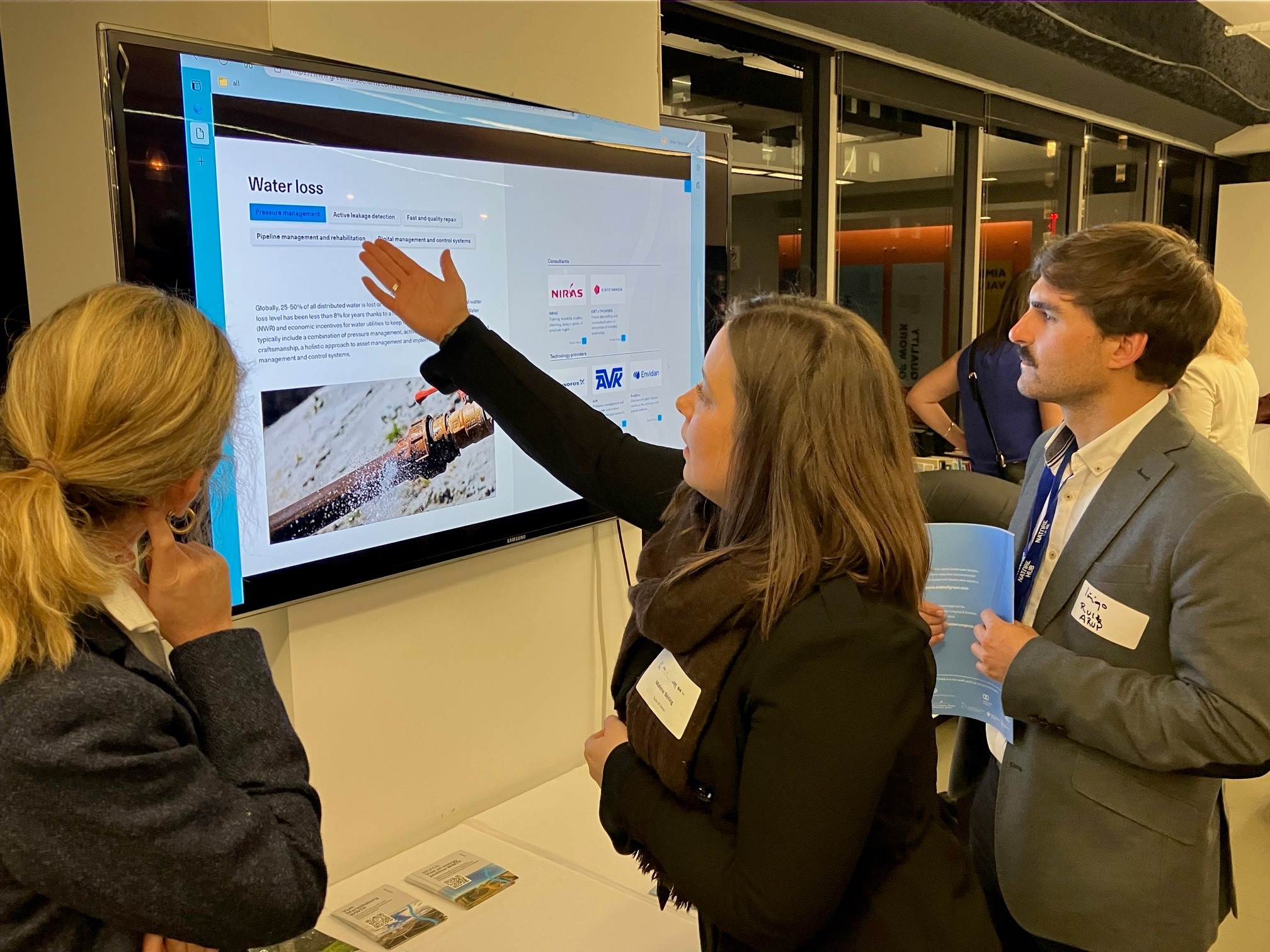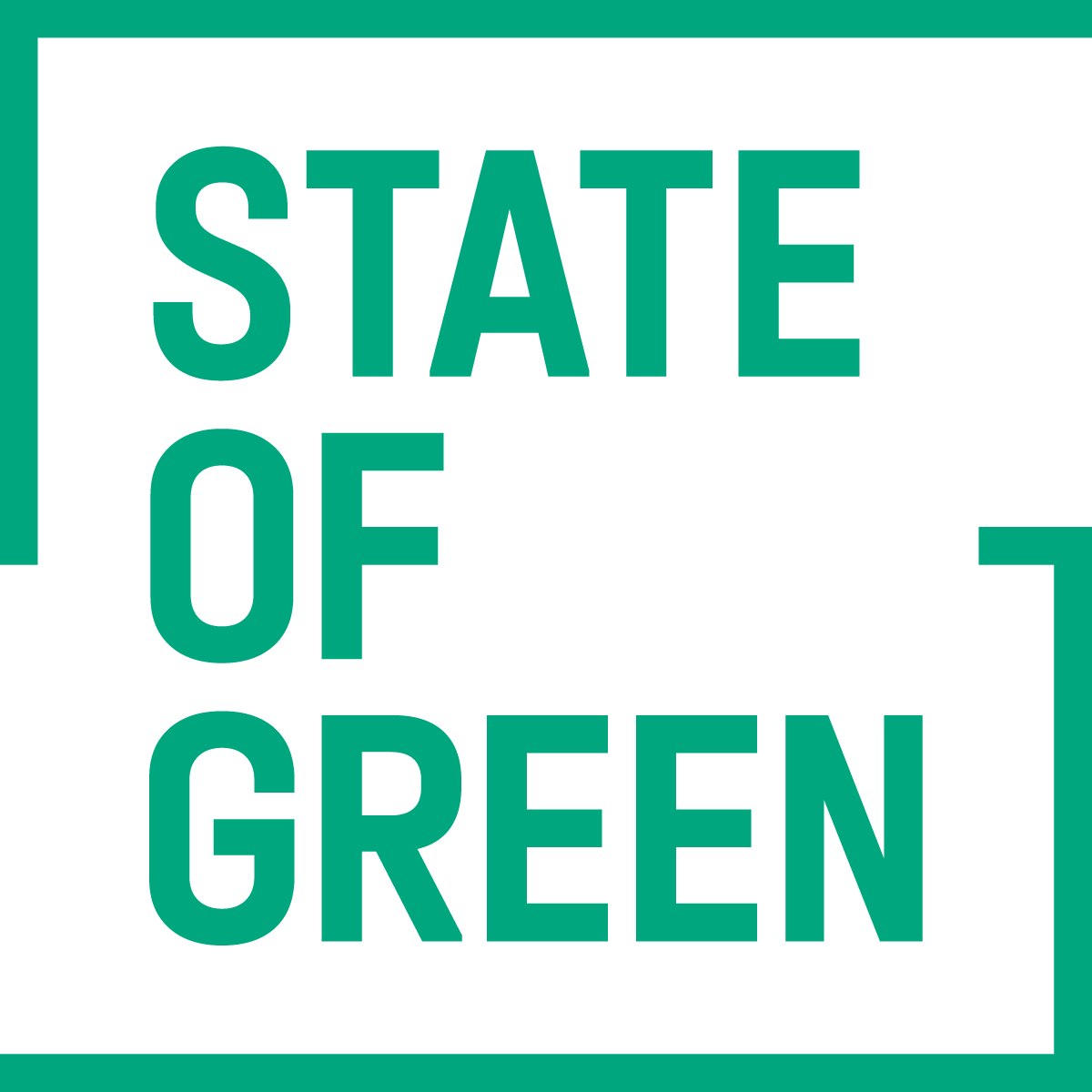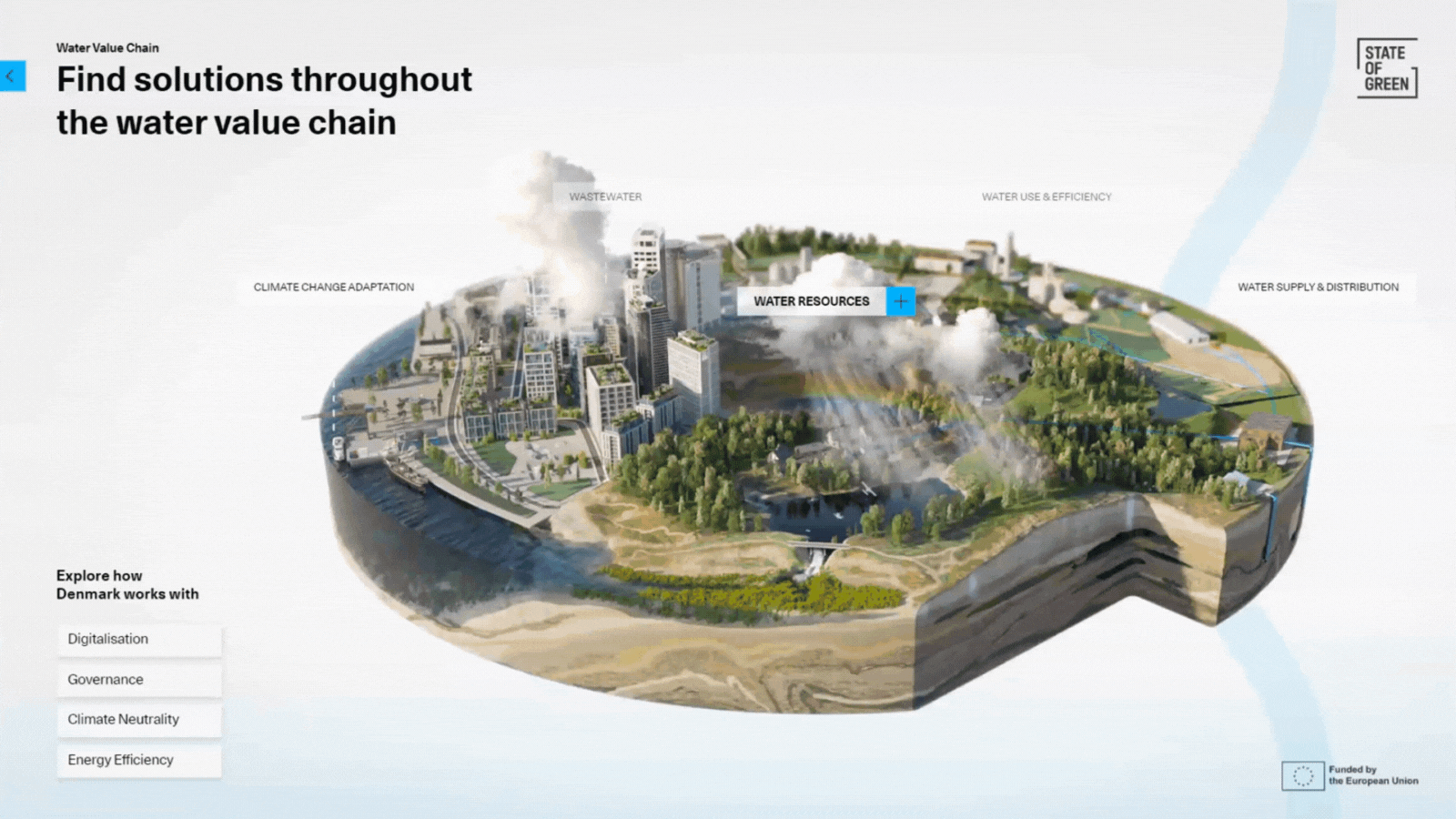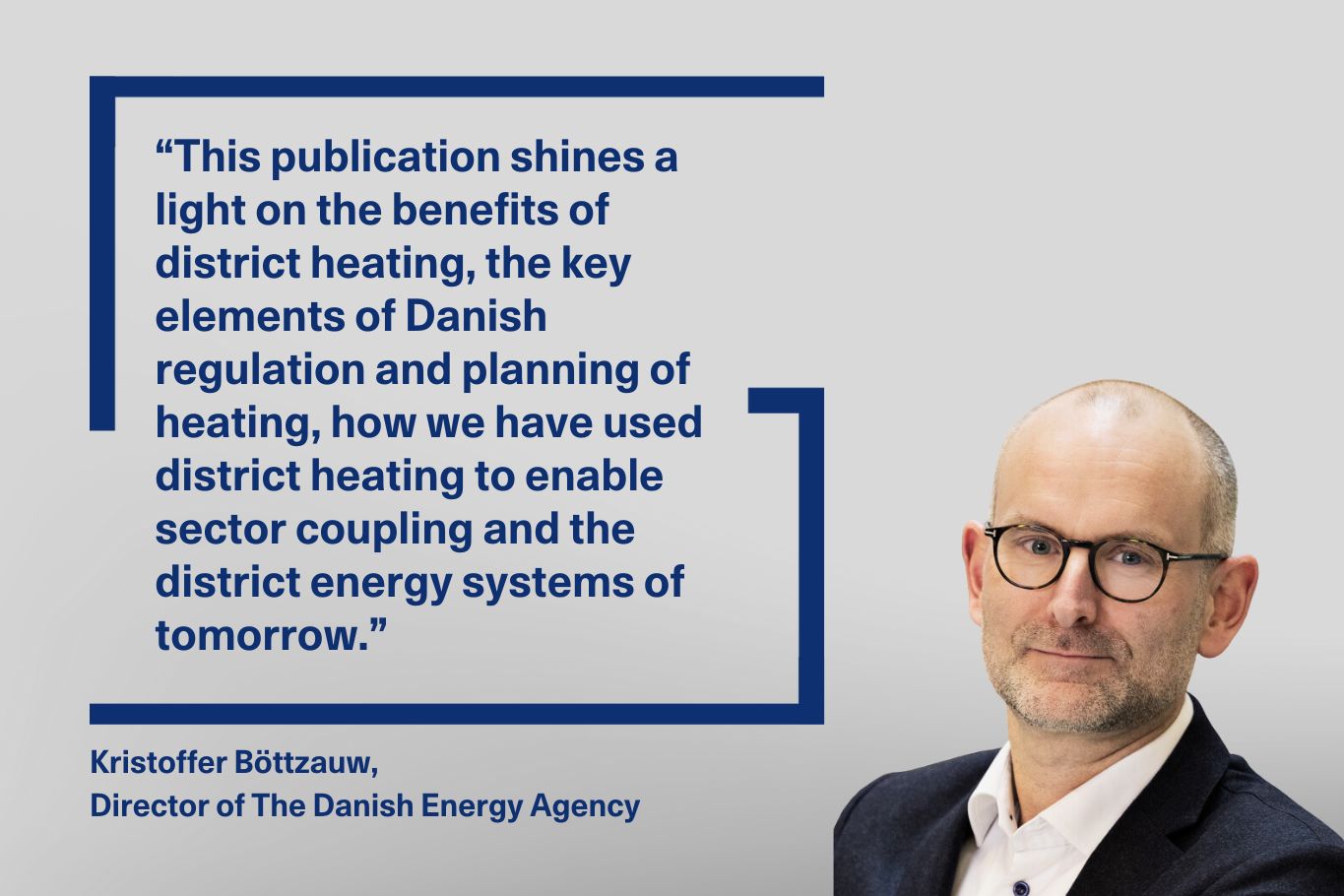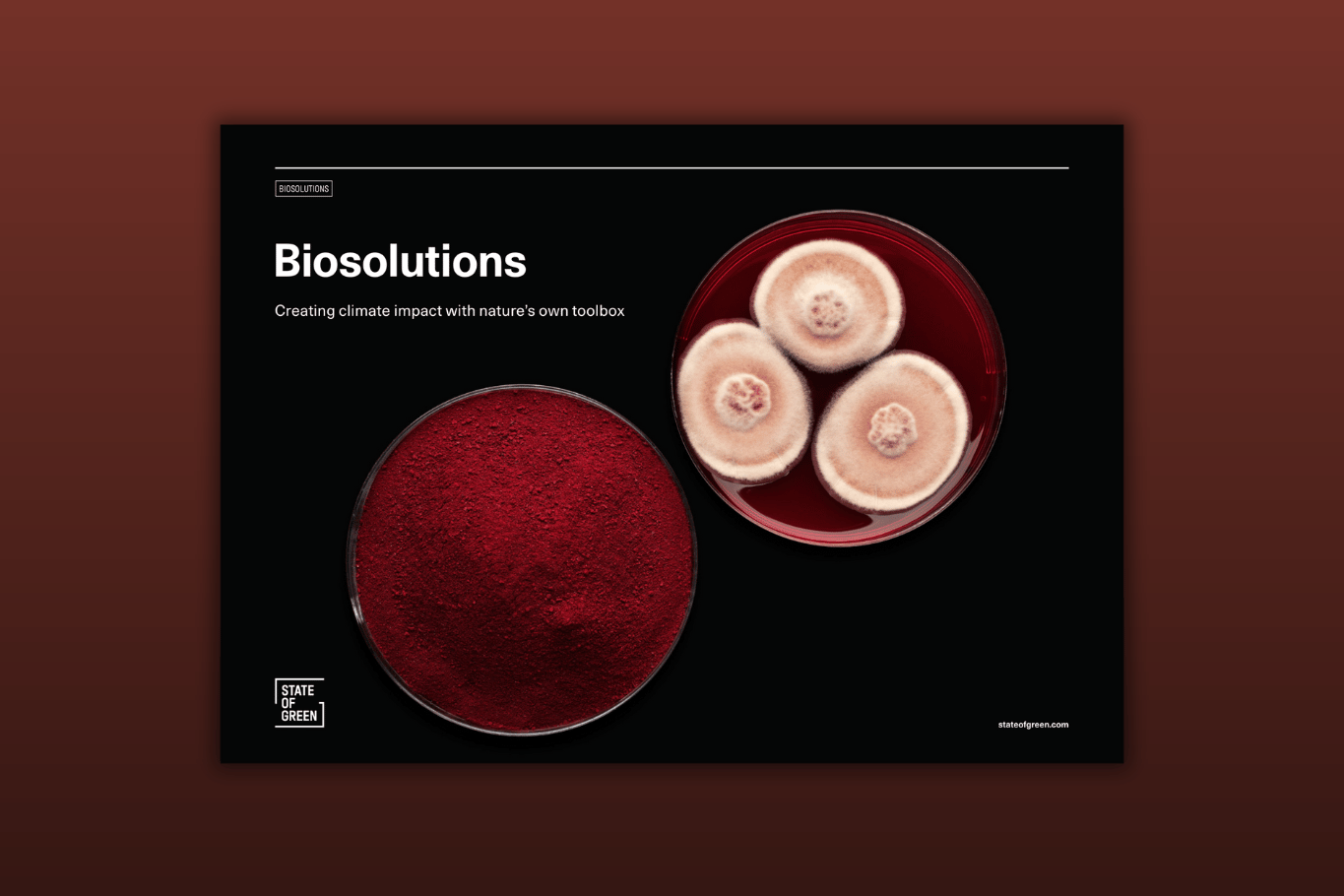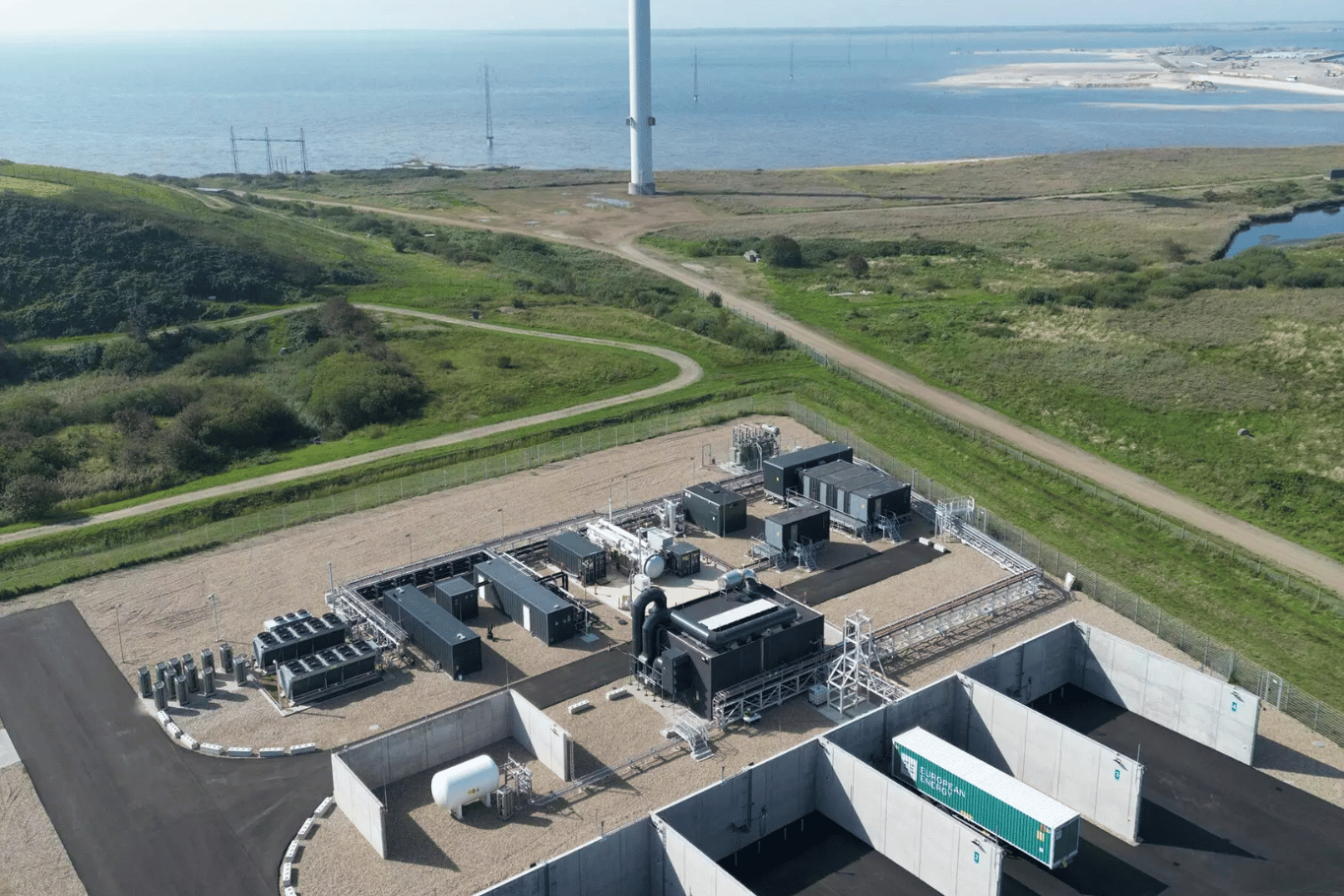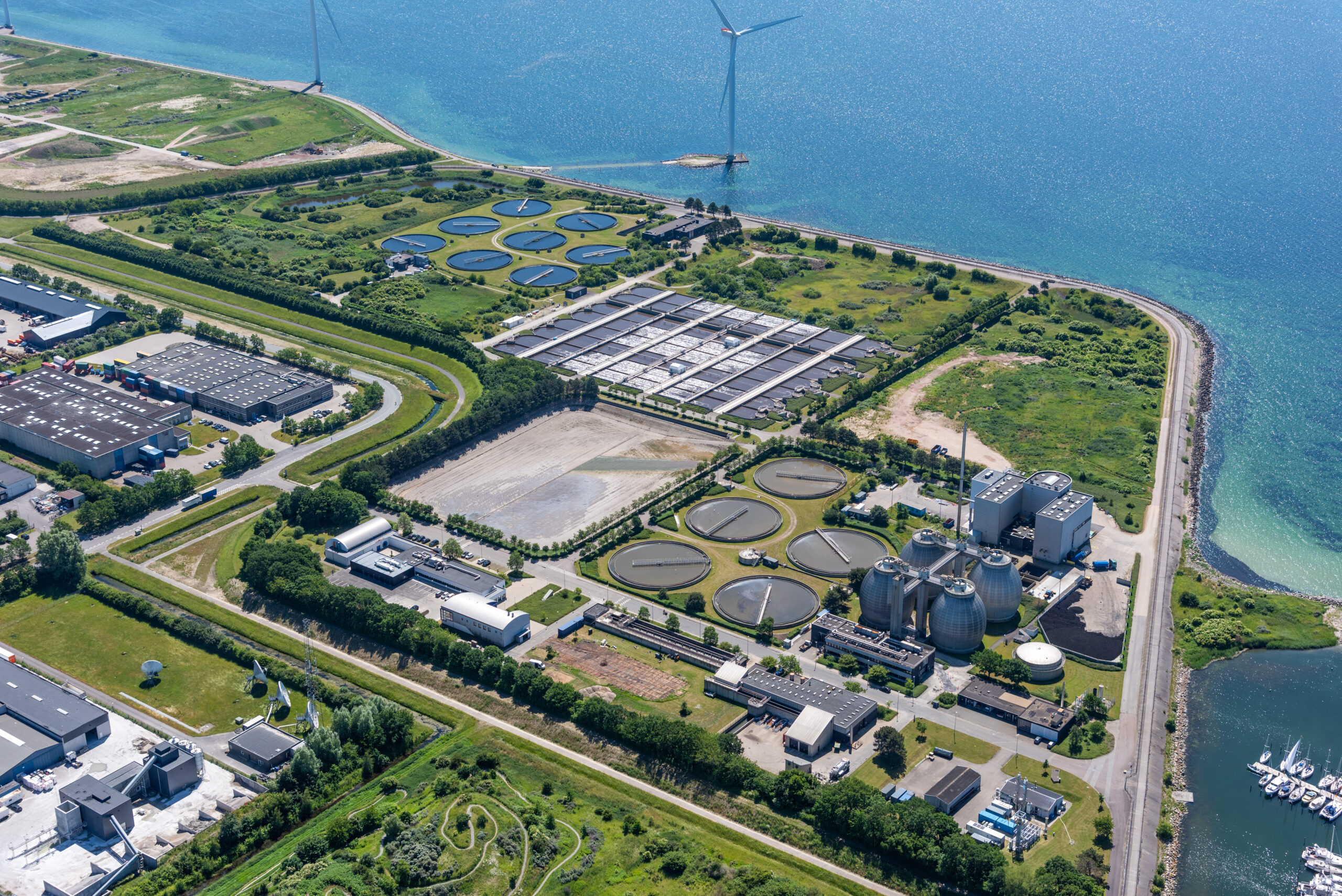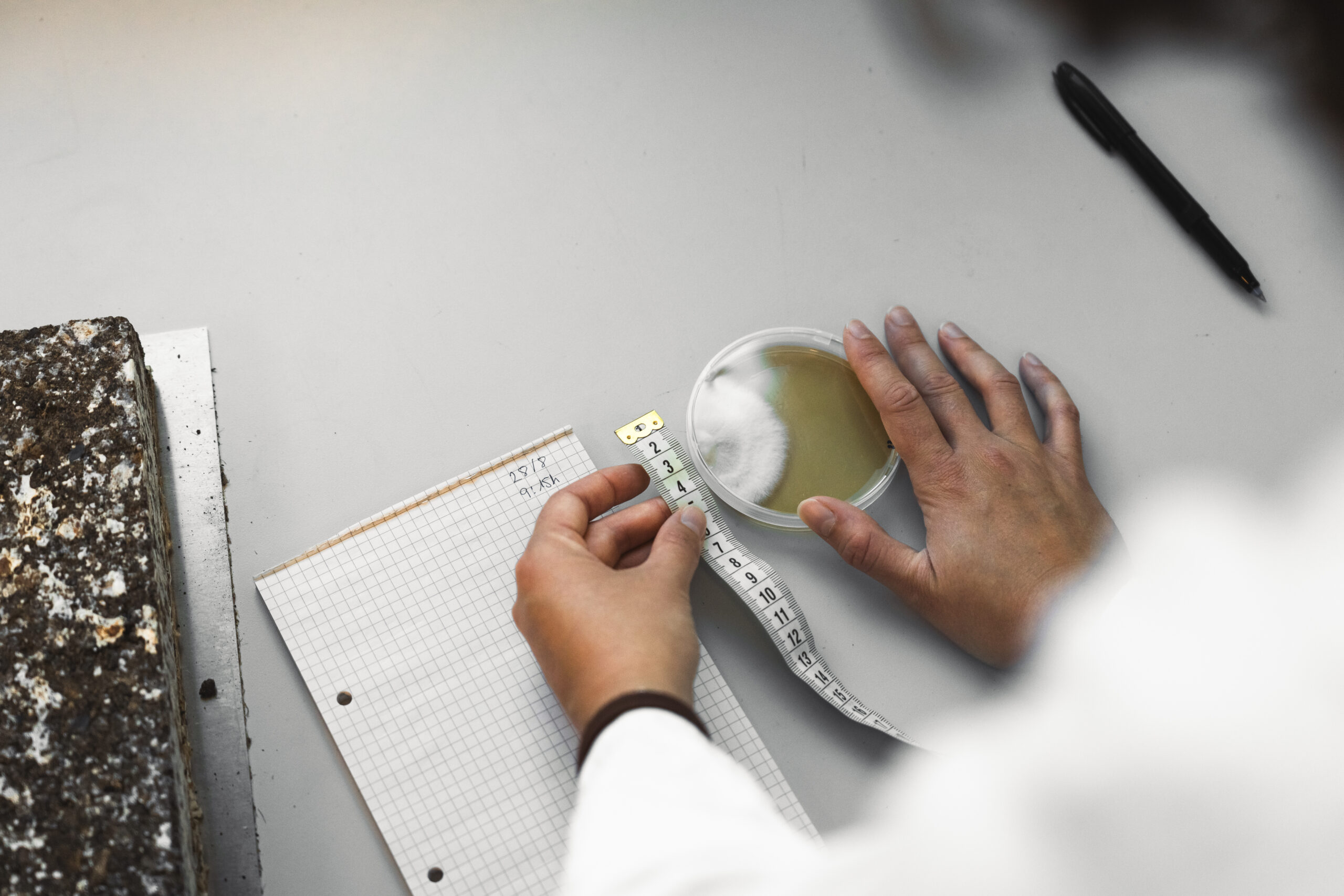It has been nearly half a century since the UN held a conference dedicated solely to water. The global community is falling far short of its commitments set out in Sustainable Development Goal 6, which seeks to ensure that all people have equal access to safe drinking water, sanitation, and hygiene. The backdrop for the UN International Water Conference on 22-24 March was therefore critical.
As a mid-term review of the UN Water Action Decade (2018-2028), the conference brought together the global water community to focus on how water can be better consumed, managed, and valued for a sustainable future. The global water industry was last gathered at the IWA World Congress in September, where more than 8,000 policymakers and leading water professionals visited Copenhagen. Although the focus is now on New York, the Danish contribution is still highly valued when it comes to solving global water challenges. Denmark is the European champion in the water area with the most patents and exports of water technology per inhabitant.
Launch of new digital water value chain
On 22 March, World Water Day, the Danish Ministry of Environment, Danish Water Industries Federation, DI USA, Danish Cleantech Hub and State of Green held an event highlighting how partnerships can help achieve SDG 6 in collaboration with the global sustainable development consultancy Arup. During the event State of Green launched a comprehensive visualization of the Danish water value chain.
“Danish water companies are ambitious and among the world’s best regarding water technology. They can help map groundwater, pump it, clean it and ensure that it is delivered to citizens without wasting it. If we work together across authorities and the private sector, we can help solve some of the world’s biggest water issues,” Magnus Heunicke, Minister for Environment.
The new water value chain showcases a large number of concrete solutions ranging from sustainable groundwater management and mapping, water supply with low water loss to energy-neutral wastewater treatment.
“In Denmark are constantly tuning in to the latest global agendas, such as PFAS and the management of nitrous oxide emissions from wastewater treatment plants. The interaction across the public and private sectors ensures our global position as a supplier of everything from sustainable products to forward-looking advisory services”, Mads Helleberg Dorff, Danish Water Industries Federation.
Discover the digital water value chain below or go to greenvaluechains.com
Danish and US collaboration
With New York as its backdrop, the conference was held in the world’s largest water market, the United States. The US Environmental Protection Agency estimates an investment need of more than DKK 5,200 million/ USD 741 million to maintain the US water infrastructure over the next 20 years. Among other things, this will help the 2.2 million Americans who today are without running water and basic indoor sanitation. In addition, US utilities face an average water loss rate of about 20%, and many American cities are challenged by the increasing frequency of heavy precipitation and the rise in sea levels.
Danish water technology can assist the US in these challenges. With the increasing focus on water challenges and the Biden administration’s Inflation Reduction Act (IRA) targeting green infrastructure, the green focus is advancing in the US.
“Danish water companies have been working on energy optimization and climate neutrality for years. The green focus of the US is, by comparison, fairly new. Danish companies have disruptive and well-tested technologies and are ready to engage in new partnerships,” Finn Mortensen, Director of State of Green.
“The intensifying effects of climate change, from droughts to hurricanes, floods, and sea level rise, make the sustainable planning and design of our infrastructure more critical than ever. Cross-sector and multidisciplinary collaboration is the key in helping our communities and cities manage their water resources sustainably while meeting demands associated with climate change,” Janine Witko, Principal and Americas Water Leader, Arup.
The strong US-Danish partnership is built on trade and investment. Going beyond the water sector, US exports to Denmark amount to 17.3 billion USD, with US FDI in Denmark being 7.4 billion USD. Whereas Danish exports to the US amount to 30 billion USD, with Danish FDI in the US being 27.7 billion USD. Denmark ranks as number 7 in the world on sources of FDI into the US, with a 16.7 pct. growth from 2015 to 2020.
